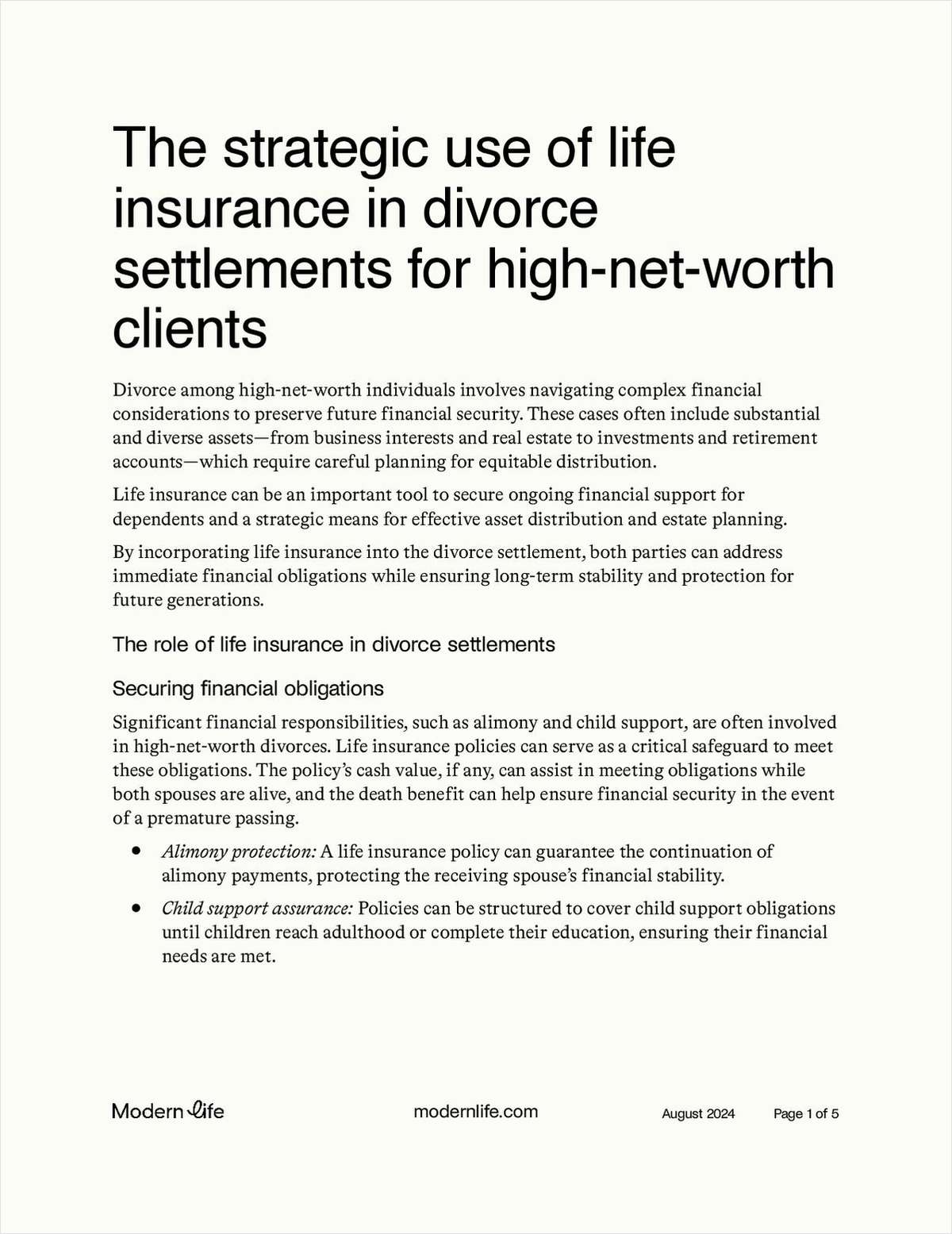Getting a handle on spending is important for any household, but for seniors trying to plan regular income in retirement, the issue is particularly important, says a paper prepared by Anna Rappaport, an actuary based in Chicago.
According to the paper, 'Spending Decisions in Retirement–What Choices Can People Make?' there are enough choices available to ensure that seniors have sufficient income in retirement.
The paper is one of a number of submissions resulting from a call from the Society of Actuaries for papers on the topic of retirement. The SOA says it is trying to gain insight into what the needs of seniors are as well as better product design and strategies that will help these consumers meet their needs.
The paper says income and spending become "considerably lower" as one gets older with the lowest in the 75+ age group, followed by the 65-74 age group and then the boomer group. Additionally, the percentage of income spent increases with age, the report continues.
Among the largest amounts spent in retirement are for housing costs, the report notes, with medical spending also increasing as a percentage of that total.
Rappaport's paper cites several studies to try to pinpoint spending patterns among seniors. Findings of a joint SOA-LIMRA survey in 2006 and several SOA surveys include these results:
–participants have done little long-term analysis of needed spending and the impact of inflation in their decision-making;
–financial planning was "quite intuitive;" and,
–reducing spending, including paying off credit card debt and mortgages, was a key way to manage financial risk.



